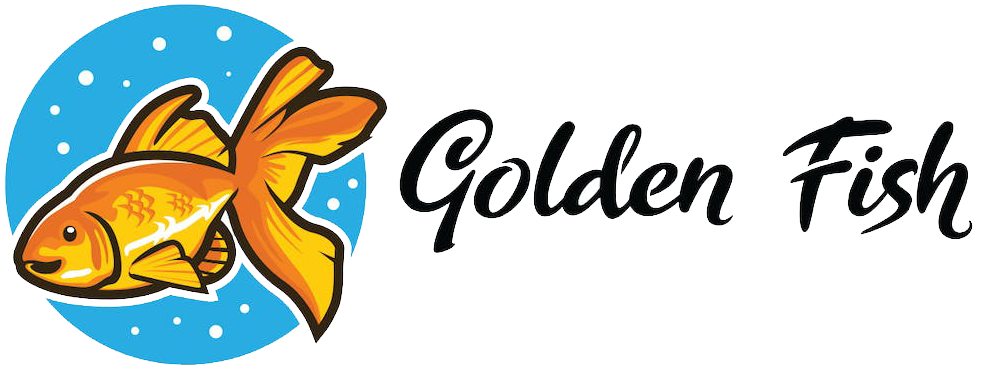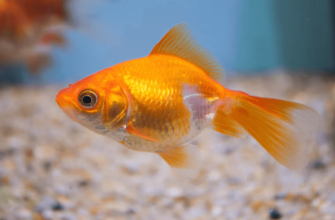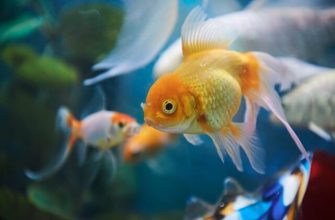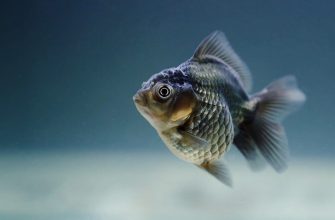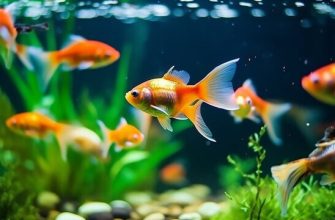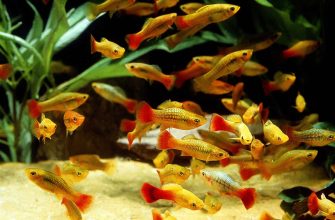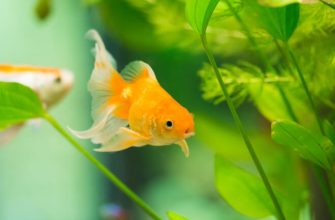Goldfish and guppies are two of the most popular freshwater fish kept in home aquariums. With their small size, vibrant colors, and hardy nature, it’s no wonder why they make great starter fish for beginner aquarists. However, housing goldfish and guppies together can lead to trouble. The docile nature of fancy goldfish belies their predatory ancestry. When housed with small, active fish like guppies, goldfish may revert to their aggressive roots and attack their tankmates.
Guppies too can demonstrate bullying behavior, especially male guppies competing for female attention. Before adding guppies to a goldfish tank, it’s important to understand the risks and determine if they can coexist safely. This article will delve into goldfish and guppy behavior, diet, and aquarium needs to help assess compatibility. With proper precautions, these beautiful fish may be able to live together in harmony after all.
Goldfish Basics
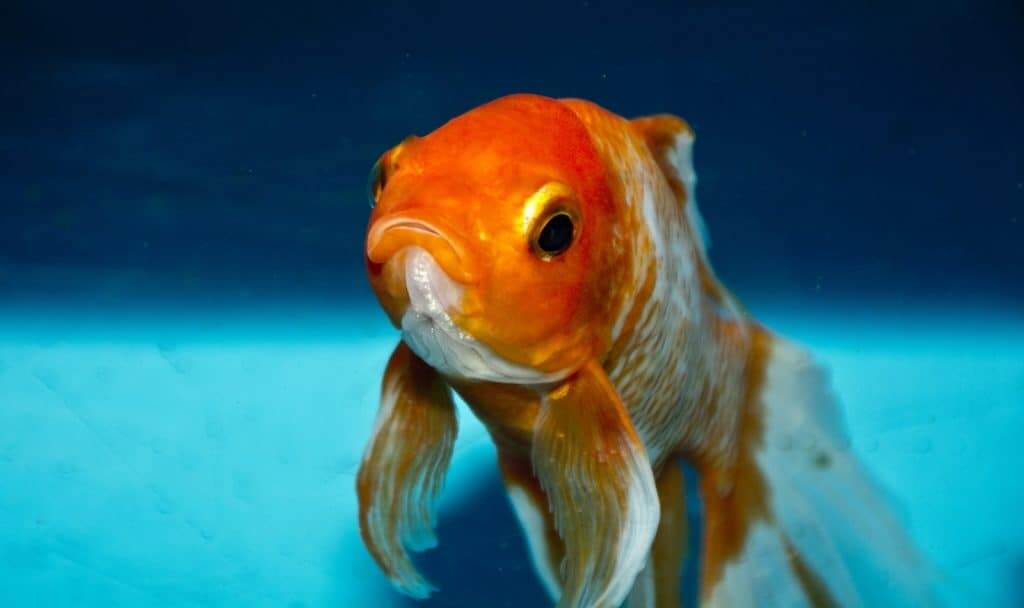
Goldfish originated in ancient China where they were domesticated from crucian carp over a thousand years ago. They were later introduced to Japan in the 16th century and then spread to Europe and beyond as pets.
Goldfish belong to the minnow family Cyprinidae and are a type of freshwater fish. They typically have an egg-shaped body with a single dorsal fin, no stomach, and no scales. Their coloration can range from golden-orange to white, black, red, yellow, and calico patterns.
Goldfish are omnivorous and will eat a variety of foods including plants, insects, crustaceans and fish eggs. They are active during the day, spending their time foraging along the bottom and middle depths of ponds and aquariums. Goldfish are social animals that prefer to be in groups. They are known for their ability to recognize and interact with humans.
Guppy Basics
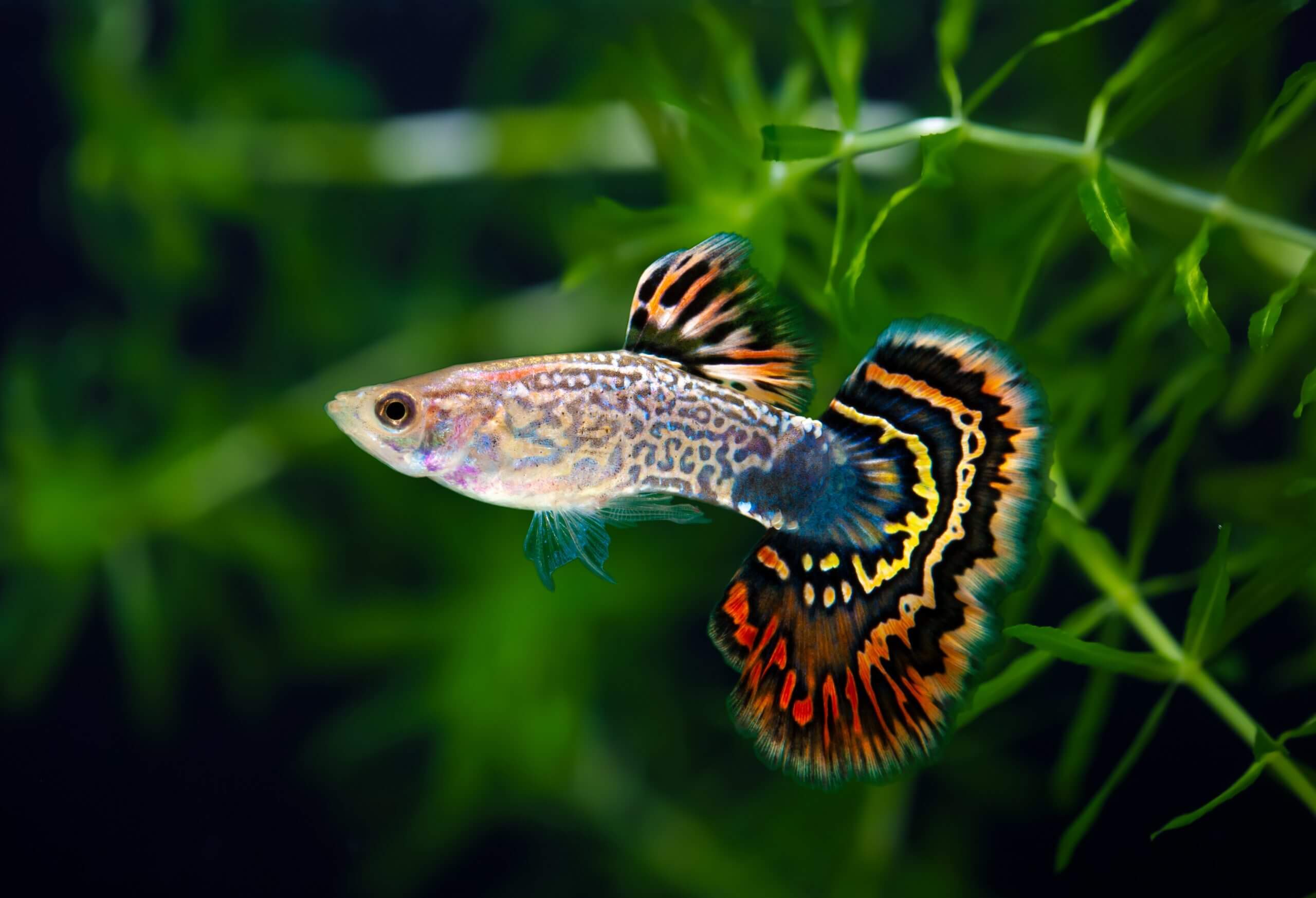
Guppies originate from northeast South America, but have been introduced to many environments and are now found all over the world. They are highly adaptable freshwater fish that thrive in various water conditions.
Guppies are small, colorful fish that grow to about 0.6-4 cm in length. They have elongated bodies and large, showy tails. Male guppies in particular display vivid patterns and bright colors such as red, blue, green, purple, gold, and orange on their bodies and fins.
Guppies are peaceful, social fish that tend to swim in loose groups. They are active fish that spend most of their time searching for food at the top and middle levels of the tank. Male guppies will display to each other by flaring their fins and pursuing females during mating rituals.
Goldfish Diet
Goldfish are omnivores and will eat both plant and animal matter. In the wild, they feed on insects, crustaceans, and plant matter. In aquariums and ponds, goldfish will readily accept flake foods and pellets, along with treats like bloodworms.
While not inherently aggressive, goldfish will eat smaller fish if given the opportunity. Their mouths are designed to suck food in, which allows them to consume fish small enough to fit. Owners have reported goldfish eating neon tetras, guppies, and other small tank mates. If housing goldfish with smaller fish, it’s best to provide adequate hiding spaces and dense vegetation to allow the smaller fish to evade predation. Goldfish do not actively hunt other fish, but will eat ones they can easily fit in their mouths.
Guppy Vulnerabilities
Guppies are small fish, with males growing to about 1.5 inches and females reaching around 2.5 inches in length. Their small size makes them vulnerable to predation from larger fish. Guppies are also relatively slow swimmers compared to other fish. This limits their ability to flee from predators.
Research has shown that guppies living in areas with more predators have evolved to be smaller in size. This allows them to hide more easily and reduces the risk of being seen and attacked. Additionally, male guppies tend to be more colorful to attract females, but this brighter coloration makes them more visible to predators. Studies have found predators preferentially target the more colorful males.
In summary, the combination of small size, slow swimming ability, and bright colors in males lead to guppies being vulnerable to larger, faster fish that may view them as prey. Their physical traits and behaviors are not well adapted to avoid predation compared to other species.
Risks of Housing Together
Goldfish may indeed attack, injure, or eat guppies due to the size difference between the species. Goldfish tend to be much larger than guppies, with fancy varieties reaching 6-10 inches and common goldfish growing over 12 inches. Guppies max out around 2 inches in length. This substantial size difference means goldfish can easily swallow guppies whole.
Additionally, housing goldfish and guppies together leads to increased competition over resources like food and space. Goldfish have voracious appetites and produce a lot of waste. They may consume food meant for guppies and foul the water quality. Both species do better when not forced to compete in a crowded environment.
Precautions and Solutions
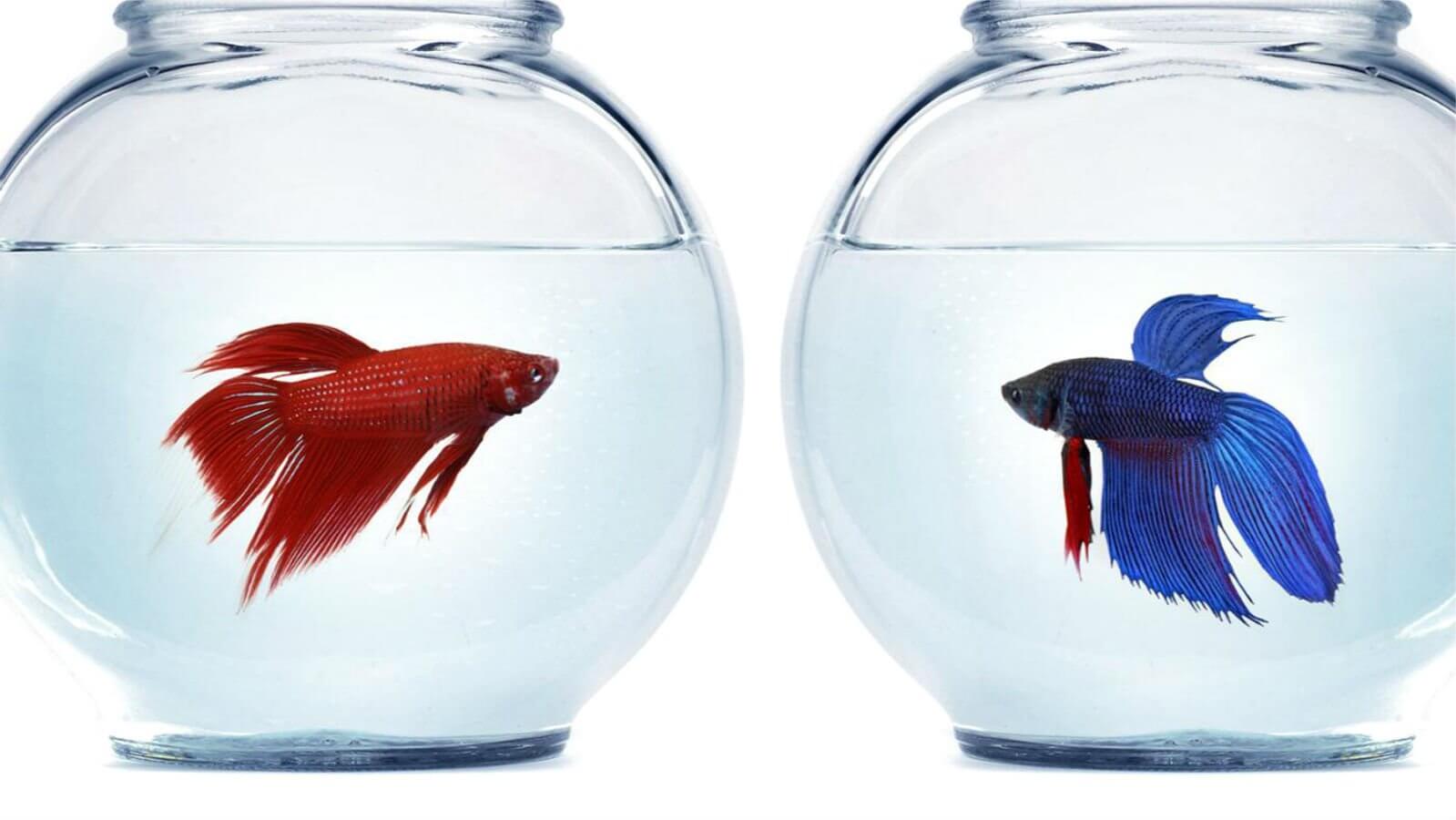
There are some precautions and solutions to consider when housing goldfish and guppies together to reduce aggression and conflict.
-
Using a tank divider can separate the fish while allowing them to remain in the same aquarium. Be sure the divider is securely in place and blocks all contact between the two sides. This prevents fin nipping and competition at feeding time.
-
Housing the fish in separate tanks eliminates the possibility of aggression. Provide each species with an adequately sized tank and appropriate care.
-
When feeding both species together, supervise closely. Target feeding goldfish with sinking pellets on one side, while feeding guppies floating flakes on the other. This prevents the gluttonous goldfish from eating all the food.
-
Ensure the aquarium has ample open swimming space, hiding spots, and line of sight breaks. This allows each fish to establish its own territory and reduce stress. Proper space and resources can minimize aggressive tendencies.
Signs of Aggression
Goldfish can show signs of aggression towards guppies in a shared tank. Some behaviors to watch out for include nipped fins, missing fish, and goldfish lurking near the guppies.
Nipped fins are a clear indicator that the goldfish are nipping at the guppies. Guppies have delicate fins that can easily be damaged by goldfish. You may notice tears, bites, or frayed edges on the tails and fins of your guppies after introducing goldfish to the tank.
Disappearing guppies can also be a sign that goldfish are preying on them. Guppies are small and can be easily swallowed whole by goldfish. Do regular head counts of your guppies and watch for decreasing numbers over time.
Finally, take note if your goldfish seem to be stalking or closely following the guppies around the tank. Goldfish are predators and can be opportunistic in hunting smaller tank mates. Lurking behavior shows interest and intention to attack.
Alternatives to Guppies
Guppies are a popular choice for freshwater aquariums, but housing them with goldfish carries risks. Instead of guppies, consider selecting compatible small, peaceful fish as tankmates for goldfish.
Some better options include:
- Tetras: Small freshwater fish like neon tetras, black skirt tetras, and rummy nose tetras are colorful choices that are peaceful and shoal together. Their small size also makes them less likely to be seen as prey.
- Danios: Active schooling fish like zebra danios and pearl danios add lots of motion without nipping fins. Their continuous movement also stimulates goldfish.
- White cloud mountain minnows: These hardy minnows tolerate a wide temperature range. They stay small, form loose schools, and ignore goldfish.
- Endler’s livebearers: Smaller than guppies, Endler’s are just as lively and colorful. Males show brighter colors and lack long fins that goldfish may nip at.
- Otocinclus catfish: Peaceful suckermouth catfish help clean algae but avoid confrontation with goldfish. Their armored bodies and small size protect them.
Selecting appropriate alternatives can allow you to safely house small fish with goldfish. Focus on fast-moving mid or top-level schooling fish under 2 inches long. With the right choices, a diverse community tank is possible.
Conclusion
In summary, housing goldfish and guppies together does carry risks, but is not always doomed to fail. Goldfish are omnivores and can potentially view small fish like guppies as prey. Guppies are very small and delicate compared to goldfish, making them vulnerable to bullying and aggression. However, with the proper precautions, tank setup, size, and supervision, goldfish and guppies can coexist peacefully.
The keys are providing plenty of space, hiding spots, and closely monitoring any signs of aggression. Goldfish require large tanks with powerful filtration, while guppies prefer heavily planted tanks with soft water. Blending these environments can create a happy medium. Introducing tankmates slowly and in reasonable ratios also helps.
Ultimately, the decision depends on each keeper’s specific circumstances. Other small, fast fish may be easier alternatives to guppies for goldfish tanks. However, guppies can work if given proper conditions and care. The risks can be managed with vigilance. By understanding the needs of both fish and taking preventative steps, goldfish and guppies can potentially live together in harmony.
